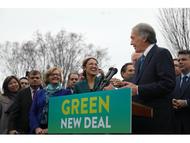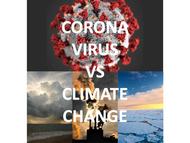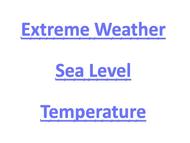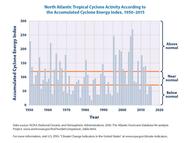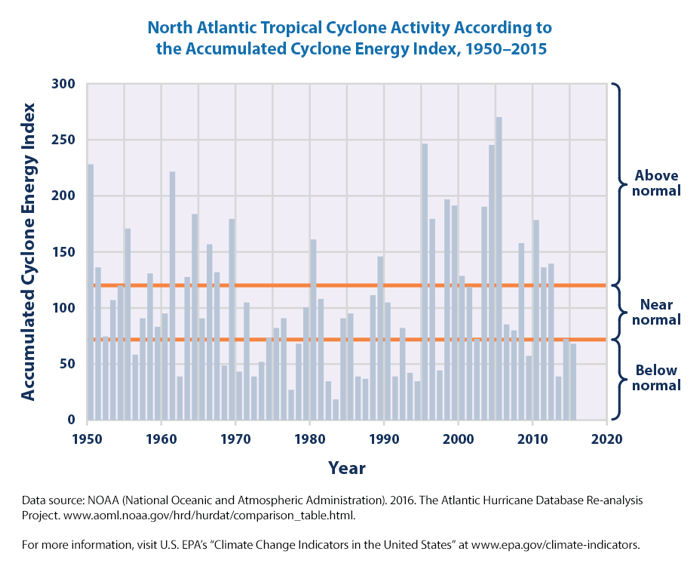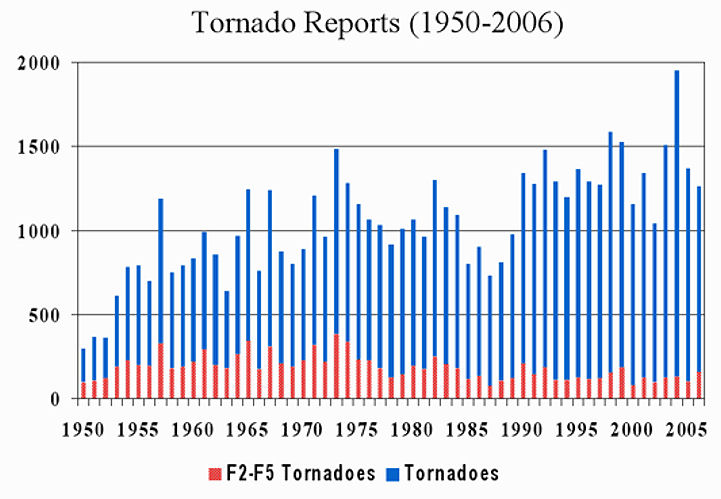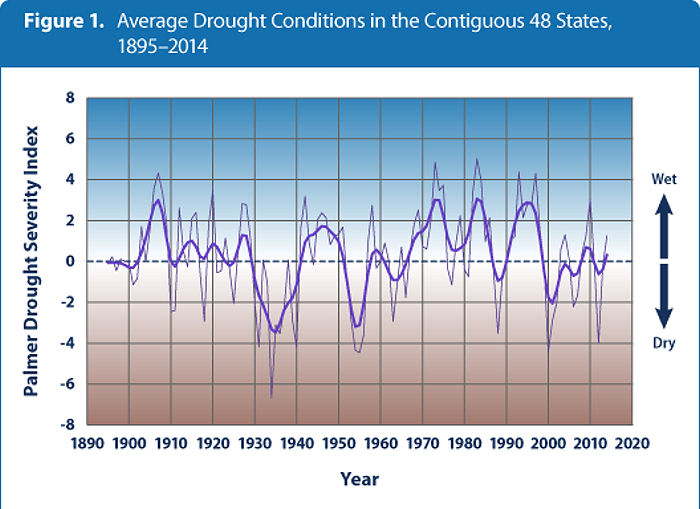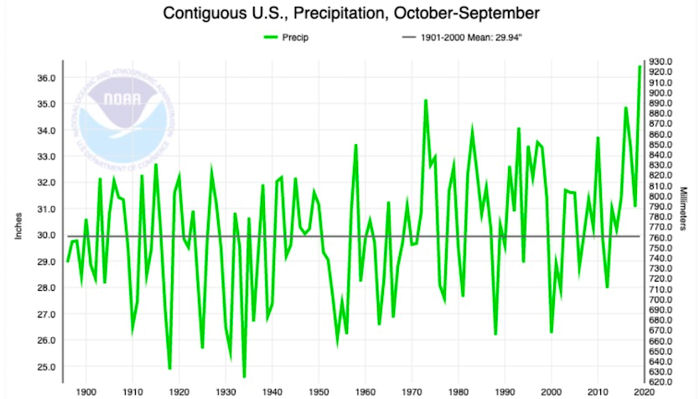Guest Post
From: International Climate Science Coalition (ICSC)
By: Dr. Jay Lehr and Tom Harris
Across the world, environmentalists are celebrating the huge reduction in air pollution and greenhouse gas emissions that has accompanied the shutdown in economic activities due to the COVID19 pandemic. On April 11th, the UK’s The Guardian newspaper quoted Carolina Urrutia, Bogotá, Columbia’s district environment secretary as saying “Without a doubt this pandemic is helping us improve air quality. With the city shut down, we are able to focus our efforts on other environmental factors.”
Similarly, writing on the Canadian Broadcasting Corporation website (updated on April 7), Canadian environmentalist Dr. David Suzuki cheered the environmental effects of the COVID-19-induced slowdown and asked, "will we celebrate the passing of the pandemic with an orgy of consumption and a drive to get back to the way things were before the crisis?”
Others seem to be taking a similar tack and indeed the COVID-19 emergency is already being presented in some circles as a dry run for the systemwide changes supposedly needed to address climate change.
But this is a serious mistake. No one is encouraging society to engage in "an orgy of consumption," of course. But, for society to properly protect the environment, Suzuki, Urrutia and indeed everyone concerned about the state of our air, land and water should hope that we "get back to the way things were before the crisis." If we can't, then few people will care much about environmental protection.
Only when we are affluent do we have the luxury to engage in environmental protection. While poor communities are usually willing to make sacrifices for some very basic components of environmental improvement such as safe drinking water and waste disposal, greater protections are not often instituted. However, as income rises, citizens raise their environmental goals and willingness to pay for a cleaner environment.
As early as 1943, prominent American psychologist Abraham Maslow showed that, once the basic needs of food, clothing and shelter are met in a society, people may demand less critical options such as greater environmental protection. These might deal with such things as cleaner air and rivers, recreation and the setting aside of protected wildlife areas. These less-personal demands are usually more community-focused. Clearly, with higher incomes, citizens place a greater priority on their environment. This is precisely what happened in America following the post–World War II economic expansion.
This powerful correlation between increasing affluence and the emergence of quality of life issues was first documented in the 1950s by American economist and statistician, Simon Kuznets, the winner of the 1971 Nobel Memorial Prize in Economic Sciences. It led to the development of the Environmental Kuznets Curve (EKC) which shows that, as development begins, environmental degradation increases until a per-capita income tipping point is reached, after which the environment begins to improve.
The EKC was well illustrated by a study by Grossman and Krueger (1995) that showed that air quality tends to deteriorate until per-capita income reaches between $6,000 and $8,000 per year (in 1985 dollars), after which it begins to improve sharply. A study by D. Coursey in 1992, found that the willingness of citizens to spend and sacrifice for a better environment rose twice as fast as per-capita income. Later research has shown similar relationships for a wide range of countries and various measures of environmental protection.
There is not a single EKC relationship between wealth and environmental improvement for all pollutants, places and times, of course, but the general relationship is always closely adhered to.
Strident environmentalists have long ignored, misunderstood or downplayed these issues. They instead have mistakenly viewed economic growth as the cause rather than the solution to environmental problems.
Factors such as strength of democratic institutions, levels of educational achievement, and income equality also play important roles in environmental protection.However, prosperity obviously has a beneficial effect on these variables. It is essentially a positive feedback mechanism.
In the final analysis, the productivity and wealth of nations depends more on their institutions, laws, incentives and regulations than on their natural resources. Countries where private property rights are defined, protected and tradable have significantly greater per capita wealth, economic growth rates and rising standards of public health along with environmental quality. Clearly, environmentalists, David Suzuki and Carolina Urrutia included, should be hoping our economies rebound quickly after the immediate crisis.
 The Right Insight is looking for writers who are qualified in our content areas. Learn More...
The Right Insight is looking for writers who are qualified in our content areas. Learn More...
